It’s not a surprise that many content marketers struggle to produce engaging content. What’s more, many of these marketers are having difficulty creating a variety of content.
All content is not created equal. Some content will make your search engine traffic skyrocket and improve your personal brand significantly.
Content is like a meal. No one eats the same kind of meal over and over and remains healthy, smart and effective. In the same vein, if you continually write and publish the same type of content, your readers and clients may switch over to another brand or blog.
The smart strategy is to understand your target audience, get to know what questions keep them awake at night and take decisive action to provide them with the right answers.
With the right content, you can grow your search traffic. You don’t need 100,000 readers each month to become successful or to get noticed.
Most bloggers can make a living online with 10,000+ monthly readers, provided that they meet the readers’ needs and the readers are happy to pay to learn from them. Whether you’re a B2B or B2C content marketer, blogging consistently and producing the right type of content will not only grow your search engine traffic, but will solidly establish your brand, too.
It’s one thing to drive organic visitors to your blog and another thing entirely to engage and convert visitors into leads and customers.
When you decide to use other channels, such as Google Ads or Facebook PPC, you should be ready to spend some money. But, when you embrace blogging with passion, you’ll spend less and get more targeted leads and customers.
When you’re creating amazing content that people want to share on Facebook, Twitter, LinkedIn, and other communities, search engines will start to reward you with high quality, free traffic.
What types of content should you create if you want to drive social media site engagement and organic leads? Below, I’ve listed 9 types of blog posts that are proven to grow your search traffic faster:
1. Infographics
Infographics are extremely popular. A recent study by Unbounce revealed that, in just 2 years, searches for infographics increased by 800%. You can use them to make your blog posts top-notch while building an active community.
We live in an age of “big data,” which means there’s much you can learn from data – more than ever before. When it comes to content marketing, using visuals will make your brand stand out.
This is how Piktochart explains Infographics:
Infographics [are] like Reddit’s tl;dr – but better.
Tl;dr which means “too long; didn’t read”, is widely used by Redditors on posts or comments which are long and wordy. This abbreviation will appear at the end of it with a single sentence to summarise the entire post. So if it takes too long to read a wall of text, just skip to the bottom for the tl;dr.
Infographic is a much better version of tl;dr. In fact, it is the fun and engaging version people actually read. Content is summarized with graphical representations, keywords, and concise data. This makes infographics easy to consume and fun to share.
It’s name sums it up: info + graphics = infographics.
People love to learn from an infographic, and even better, many of them will feel obliged to share it on social media sites. Why?
It’s because the infographic is a visual marketing tool. As human beings, 90% of the information that our brains process is visual. Plus, 40% of people will respond better to visual information than they will to plain text. And, infographic production increases by 1% every minute.
Why should you create more infographics for your audience? Well, there are huge benefits. Jeff Bullas listed some of them:
A few years ago, when I discovered the branding potentials of infographics and started creating them, my organic, free traffic increased for both QuickSprout and KISSmetrics. It may not bring in overnight organic results for you, but keep at it.
I noticed that whenever I publish an infographic on my blog, it’ll receive 22.6% less traffic in the first 90 days than regular blog posts. But, over the course of 12 months, my infographics receive 35.1% more traffic.
How do you create infographics? Well, if you want a professional design that’s quite different from what you’ll get when you use free infographic design software. You should consider using Visual.ly. It’s great, but it’s not cheap.
Better yet, you can find and hire a professional infographic designer at Dribbble.com.
I’ve also written a couple of tutorials for creating infographics. See the guides below:
- 60,000 Visitors and Still Counting: How to Double Your Traffic With Infographics
- The Definitive Strategy for Driving Organic Traffic Without Ranking in Google’s Top 10
Infographics aren’t blog posts. If you’re going to use this strategy, you’ve got to integrate the infographic into a blog post. That way, Google will index the text on the page and drive organic, high quality and free traffic to your infographic.
Or, you could break up your infographic into smaller pieces and use each to create a different and useful paragraph for your blog post.
Infographics can be expensive, so use them to generate leads and build relationships with your readers. Don’t just drive traffic to the page and let them go. You’ll be wasting a lot of money.
2. Unbiased Book Reviews
You can use a book review to attract clients and increase revenue in your business, because millions of people love to read books.
A book review is a fun and simple way of discussing a book and adding your own take. The objective is to help readers make smart decisions, instead of wasting money on books that don’t offer real value.
Did you know that 77% of people take time to read product reviews before they make an online purchase? They do that because they want to make sure that the product is good – no one wants to waste their hard-earned money.
Before we discuss what goes into an objective book review, let me ask you one question: What steps do you take before you choose a particular book to read? I’m willing to bet that you base your choices on:
- The opinions of your friends
- An endorsement from an expert or someone you respect
- A book review published in a popular or credible source
- A bestseller list
- A new book from a bestselling author
- Books that were picked out by editors
Other book lovers follow a similar pattern before purchasing a particular book.
If you’re an author, you know that book reviews are important. You know that without them, your book sales will languish. Consumers rely on reviews from other consumers before taking further action.
You could ask your close friends and family write reviews for your book. However, FTC regulations require that relationships between the reviewer and the author be disclosed as part of the review.
According to Trish Milburn, Award-Winning Author of Romance, Young and Women’s Fiction,
In an increasingly competitive marketplace, authors look for good opportunities to get the word out about their books.
Writing a review of someone else’s book in your niche is an excellent opportunity to build industry relationships.
Book reviews are also great content marketing tools. Here are a few reasons why that’s true:
Word of mouth: It’s easier to get word of mouth when people think your content is valuable. By giving people a sneak peek inside another author’s book, you’re opening up a new channel where more people will come to your site or store, trust your message and eventually become customers.
Social currency: This currency is a simple theory which states that people will do what they see other people do. When you write a book review on your blog or get others to write a review on your book at Amazon, more people will be inspired to buy it.
Trump the competition: While many bloggers are authors and give tips on getting a book published, you’ll stand out if you write an unbiased product review.
You can also use unbiased book reviews to find and attract a new audience from scratch.
Torre DeRoche, a self-published author and blogger through diligent content marketing and book reviews on her blog Fearfuladventurer.com, negotiated a six-figure traditional book deal. After she published her book, Love with a Chance of Drowning, Torre took the international publishing world by storm.
Before publishing his bestselling book, The Four-Hour Chef, Tim Ferriss said that he polled 400,000+ followers on Twitter and Facebook with questions such as “what are your favorite 2 – 3 cookbooks?”
When he discovered that several respondents were choosing a particular title, Tim headed over to Amazon and did 2 things:
First, he identified the titles on the list with an average of 4-star reviews or higher.
Second, he read the “most helpful” critical reviews from those titles, with the goal of getting at least a 3-star rating.
Just like regular blog posts and articles, the headline of a book review must be compelling. Let’s assume that you want to review a book entitled The Audacity of Faith. Here are some of the headline ideas that could work:
The Audacity of Faith: 7 Shocking Truths That You Should Know
Book Review: One Step That Lead to the Publication of The Audacity of Faith
How [Author] Took The Audacity of Faith to the Bestseller List on Amazon
Why You Shouldn’t Buy The Audacity of Faith Book
A book review is one of the blog post types that will drive high quality, free traffic and conversions to your site and business, but you’ve got to do it right and keep some things in mind.
3. Thought Leadership/Opinion
In the real world, people connect with other people, not companies. The interest in thought leadership and opinion pieces is trending up. Do you know that Forbes.com now has about 1500 unpaid contributors?
A huge percentage of them are thought leaders in their respective fields. The website publishes 7,000 to 8,000 posts every single month. If your posts don’t drive high quality, free traffic, you won’t get anywhere on Forbes.
There’s a lot of competition these days. More content is being created and published today than 5 years ago. Customers are overwhelmed. The information overload is way out of control. Thought leadership is the cure for content overload.
However, just because someone is popular or an expert doesn’t mean that a search engine like Google will throw organic search visitors at them. You’ve got to do the right thing.
Thought leadership is a type of opinion post that cuts across the noise and delivers truth, practical steps and an implied guarantee that what you say will produce the desired result.
Who is a thought leader? Let’s allow Google to pull the most accurate answer from its index:
Therefore, thought leadership is the art of inspiring people through innovative ideas and empowering people with the ability to turn the ideas into a reality and replicate their success.
Bear in mind that this type of blog post is not for everyone. If you’re just starting out as a blogger or content marketer with no experience, you don’t yet have core internet marketing skills, or you haven’t conducted any experiments or studies, you shouldn’t write this kind of content – yet.
Thought leadership opinions should only come from people who have experienced a level of success or failure in their business and now knows what works or what doesn’t.
Thought leaders whom you can trust are Brian Clark, Seth Godin, Guy Kawasaki, Eben Pagan, Marie Forleo, Brian Dean, Pat Flynn and Michael Hyatt.
To be on the safe side, invest in your knowledge. Take courses to improve your knowledge about SEO, blogging, conversion rate optimization, email list building, branding and so on.
You can go to Udemy.com or Lynda.com to learn new skills. Also, don’t forget to read some of my advanced guides if you want to master any internet marketing subject.
Once you’ve built up your experience and improved your skills, you can then write this type of content. By that time, you should have built up a loyal community and have people who trust your opinion in a given topic or subject.
4. Third-Party Data-Driven Content
When I started blogging, I was fascinated by Jeremy “ShoeMoney” Schoemaker’s $132,994.97 AdSense check. At the time, a lot of people were eager to know how he did it. He didn’t quite give step-by-step instructions on how to earn a living from AdSense.
I’m not sure about now, but if you can study Jeremy’s strategies and write a post with any of the headline ideas below, you’ll drive free traffic and hopeful sell an ebook related to this.
Case Study: Step-By-Step Tutorial on how ShoeMoney Made $132,994.97 From Google AdSense
How to Make $132,994.97 From Google AdSense Just Like ShoeMoney
In this type of blog post, you leverage other people’s data or experiments in your post. For example, if your friend, partner or competitors conducted an experiment, you’d simply take their results and create a post around it.
A few months ago, I shared a case study on how Shopify grew its revenue 10x in 3 years. I shared some lessons and tips from what the company management made available. That post was a hit and sent lots of organic, high-quality traffic to my site, generating over 40 comments and 600+ social media site shares.
If you want to leverage third-party data to write your blog posts, you’ve got to be careful where you get the supporting data. Unfortunately, fake data, statistics, and results are all over the web.
There’s no limit to how far you can go when you’re ready to create useful and engaging content.
Don’t struggle to come up with topics or ideas for your next blog post when you’ve got ideas waiting for you. To find more accurate data from tech and content marketing companies, you should visit Techcrunch.com and Inc.com regularly.
5. Product Reviews
The same rules that apply to book reviews also apply here. But, an objective product review can go farther, embracing software, services, ideas or a physical product. Consumers want more reviews before they can trust you.
According to Bright Local, 32% of consumers out of thousands who were surveyed said they read 4 – 6 reviews before they feel confident enough to trust a business or brand.
The rule of thumb is to be honest and write with clarity. If you’re an affiliate to any worthwhile product and have actually used or tested the product, you’re in the right position to review it.
However, you can get creative about it. Instead of writing a straightforward product review, you could write a tutorial to show your readers and customers how the product works. This is the same strategy that Matthew Woodward uses to generate passive income every month. Take a look at his recent income report:
Remember that as long as your product review/tutorial is insightful, simple to understand and easy to implement, you’ll drive high quality, free traffic and increase your revenue. If you’re looking to sell more products, then focus on writing reviews or, better yet, tutorials.
When you write a product review or tutorial, you’ve got to have a mindset of helping others. Forget about the money. If you can teach others what they need to know, they’ll trust you.
Spencer Haws, the founder of Long Tail Pro, is a smart content marketer. He runs a popular internet marketing blog where he details his failures and successes in business.
When you visit his Long Tail Pro blog, you’ll discover that his content is written with his customers and prospects in mind. He doesn’t push sales on readers. But he’s indirectly promoting his product. Here’s proof:
6. How-To Guides
The how-to guide is one of the most popular content types around. It’s easy to write and the perceived value is usually high. There are popular blogs dedicated to “how-to” articles and nothing else. A typical example is howtocleanstuff.net:
How-to headlines were the first thing I learned when I started blogging. The key is to make it in-depth, rich and useful if you want it to generate targeted clients and build your business. Otherwise, it’ll be a waste of time.
There are 6 steps to writing a “how-to” blog post:
Select your topic: Be sure about your topic. If it’s about health, narrow it down to a subset of the health industry. If it’s internet marketing, what exactly is the topic?
Is it email marketing, product creation or building a Facebook page? Choose a narrow topic that you know you can write extensively on. You don’t have to be passionate about it, but you should know it in and out.
Address your audience’s need: What major challenges are your readers going through? Do they need help with setting up a WordPress blog or increasing product sales? Your how-to blog post should address that.
Research: To make sure that you write faster, spend time in research. Get all the facts, data and visuals for your posts.
Write your outline: This is my favorite tip for writing fast. It’s time to think about the major thing that you will write about, then outline it. Place your topic in the right structure.
Flesh out your draft. Fill in the gaps from your outline, using your research notes. Make sure that you’ve hit each specific step in the process you’re writing about.
Edit and publish. Proofread your post and clean it up as much as possible. Better yet, get a friend to look it over. Even better, hire an editor, like I do for all of my blogs. Then, publish it. And, don’t forget to promote it!
A useful how-to blog post can get retweeted thousands of times on Twitter and shared all over Facebook and other forms of social media sites.
According to Brian Clark, founder of Copyblogger and Rainmaker, these types of articles are some of the most sought after, linked to and bookmarked content online.
If you want to increase the chances of your blog post going viral, focus on the value. It’s all about benefits. Give value to your readers, ask them to share it on social media sites and they will.
Here’s one example of a very popular “how-to” blog post with over 1 million social media shares:
When creating “how-to” headlines for your blog posts, you could omit the “to” and replace it with “I” in order to make the post more like a case study or experiment. For example:
How to Write a 2000-Word Article in 2 Hours
How I Write a 2000-Word Article in 2 Hours
How to Drive 3900+ Organic Visitors to Your New Blog
How I Generated 5608 Organic Visitors to My New Blog
Finally, make sure that your “how-to” blog post is fun to read. It has to be interesting. Otherwise, no one will read it.
7. List Posts
List posts are the most shared on social media sites and the most valuable blog post type that I’ve ever seen. I
A study by Conductor also revealed that many people prefers list posts and will respond to them better.
The reality is that list posts can naturally catch the search spider’s attention. For example, when you search for any given keyword in Google, you’ll most likely find search results that contain a number and a list.
However, there’s a downside. Since top list posts are so easy to write, you’ll face a lot of competition. Your list post might not generate any substantial organic traffic if you fail to carry out due diligence.
So, instead of writing about 5 ways to increase conversions, up the number to 17, 25 or 30. For example:
17 Checklists to Attract More Twitter Followers in 30 Days
25 Simple Ways to Increase Homepage Conversions
33 Effective Ways to Get More Email Subscribers Quickly
You’ll observe that I’m using odd numbers more than even in my top list headline ideas above, right? The reason is simple. Recent studies by the folks at Content Marketing Institute revealed that odd numbers perform better than even numbers and can increase your click-through rate by 20%.
You could turn any popular headline into a list post. Or, expand a list post to make it more compelling. The choice is yours. But, rest assured that whichever route you take, as long as you tie your headline to epic content and stay consistent, you’ll increase your search engine traffic.
8. Link-Love Pages & Resources
A resource is a “source of supply, support or aid” from which benefit is produced. It can be readily drawn upon when needed. Who says that you’ve got to write blog posts from scratch all of the time?
Do you realize that all of the topics that you’ll ever cover have already been written by other bloggers and industry experts?
You can easily curate their content. Best-in-class marketers are striving to create a variety of content, as well as the right mix of content for their readers.
Brian Dean has a resource page where he linked to some of the best blog posts on link building:
Let’s assume that you run a food and nutrition blog and you’re interested in writing a resource page – a page that contains the top 50 food blogs or articles online. To find these articles, just head over to Google and use these search strings:
Food and Nutrition + “Best food to eat”
Top food blogs + popular articles
Healthy foods list + food blog
Here’s a typical search engine result when I used the first search string:
When compiling a resource post, try to categorize the resources. For example, in the search engine results above, you can see that there are foods that fight fatigue, foods that you should eat if you want your hair to grow, healthy travel diets, superfoods for weight loss and foods for breakfast. Each of these food types should have their own category.
When you format your resource or post this way, you’ll make it fun to read and the perceived value will be very high. Remember to open external links in a new tab so that your readers won’t move away from your own page.
Hootsuite, a social media management software company, has one of the best resource libraries out there. It’s epic and contains value for just about any niche or industry. All you’ve got to do is select your industry and the challenge your company or business is going through and Hootsuite will give you a resource or guide that’ll meet your needs.
Note: When creating a resource library or link love post, the content can be yours, from competitors or from other brands. In the digital marketing world, the most popular resource pages were carefully curated and the appropriate links referenced. You can’t do it all by yourself.
9. Ebooks, Reports, White Papers
You can use ebooks, reports, and whitepapers to grow your search traffic and help build email lists. Most bloggers are not doing this.
Quick Tip: You can use the content of your page, add visuals and data and then publish each chapter as a blog post.
Search engines can crawl and index the content of your ebook and rank it highly if you do a great job. I know that you must have seen a PDF in Google search results before? Those are actually in the ebook format.
Ebooks, reports, and whitepapers have become a popular content marketing tool. If you’re not using them, then it’s high time you start.
Many people make a living from e-books and reports. Pat Flynn built authority and became a content marketing force to be reckoned with after releasing his first ebook. Another popular book that strengthened his personal brand was Let Go.
Brian Clark and Darren Rowse built huge email lists by giving away immense value in their reports and ebooks.
The guys at MarketingProfs used whitepapers to position their company as a resource on content marketing and Nathan Barry generated $12,000 in ebook income in 24 hours.
Remember that if you want to use ebooks and special reports to grow your search traffic, you’ve got to give it away free.
That way, you’ll get a lot of people to share it on social media sites and link to it. Eventually, the ebook will rank well in search engines. And, if you want to successfully redirect users who read your ebook/report, you should add links to your blog or landing page.
Better yet, you could publish each page of your ebook or report as a blog post. Or, you could publish the first few chapters, and link to the main book. Either way, make sure that you’re providing immense value – because that’s exactly what your target audience wants.
Conclusion
There’s no longer a one-size-fits-all recipe for creating your blog posts. Pro bloggers are respected because they’ve made up their minds to create a variety of quality content for their users.
Don’t be deceived by the flashy and luxurious lifestyle that some bloggers and internet marketing experts display. The truth of the matter is that these people work their asses off. There is no true success without hard work.
When you put in the hard work, you can earn passive income. But, before that happens, you’ve got to do more work than anyone at a 9-5 job.
As you continually do that, you’ll double your search engine traffic, attract clients and retain them and improve on your personal brand.
Which of these blog post types have you created before? Which of them generates the most organic, high quality and free traffic to your site?

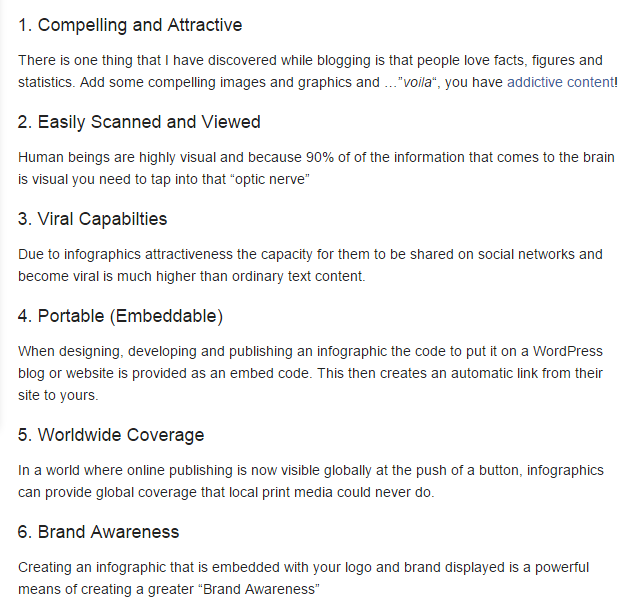
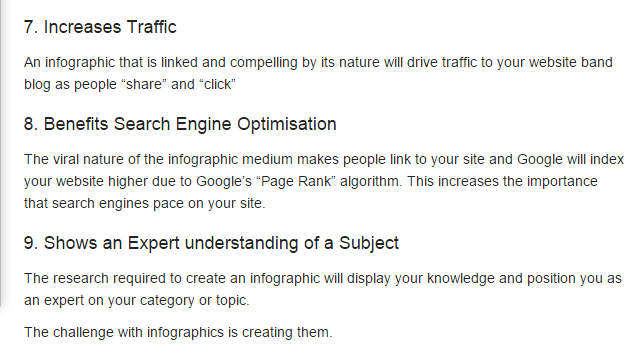
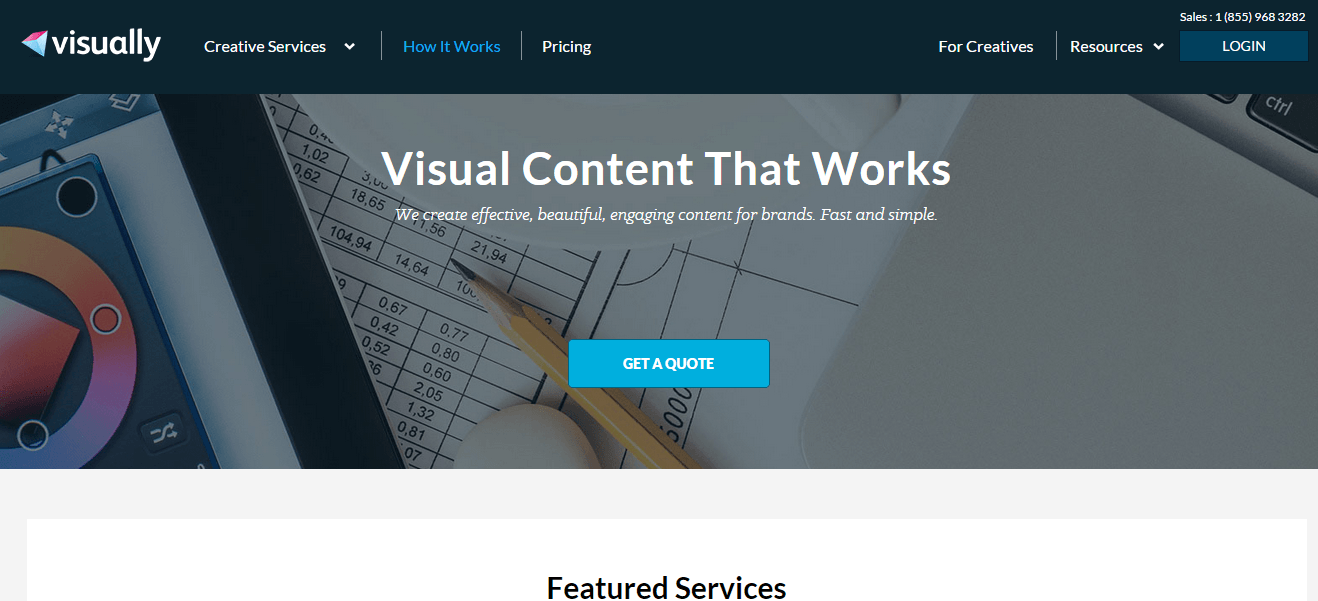

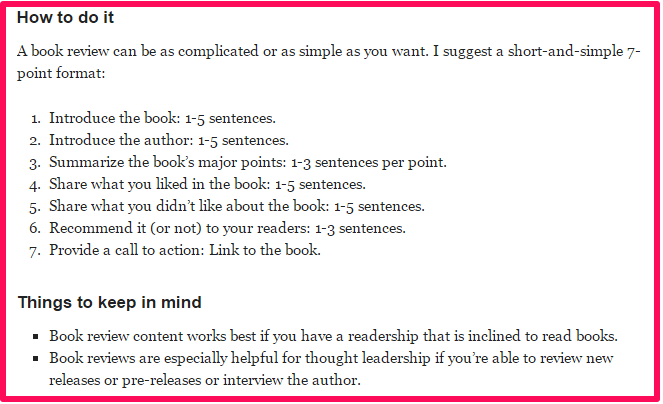
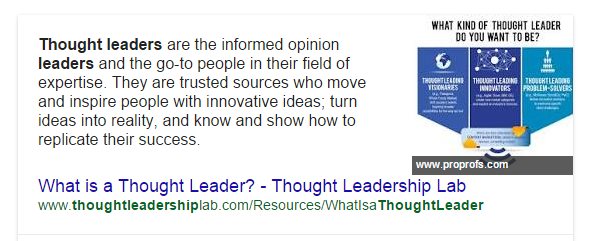
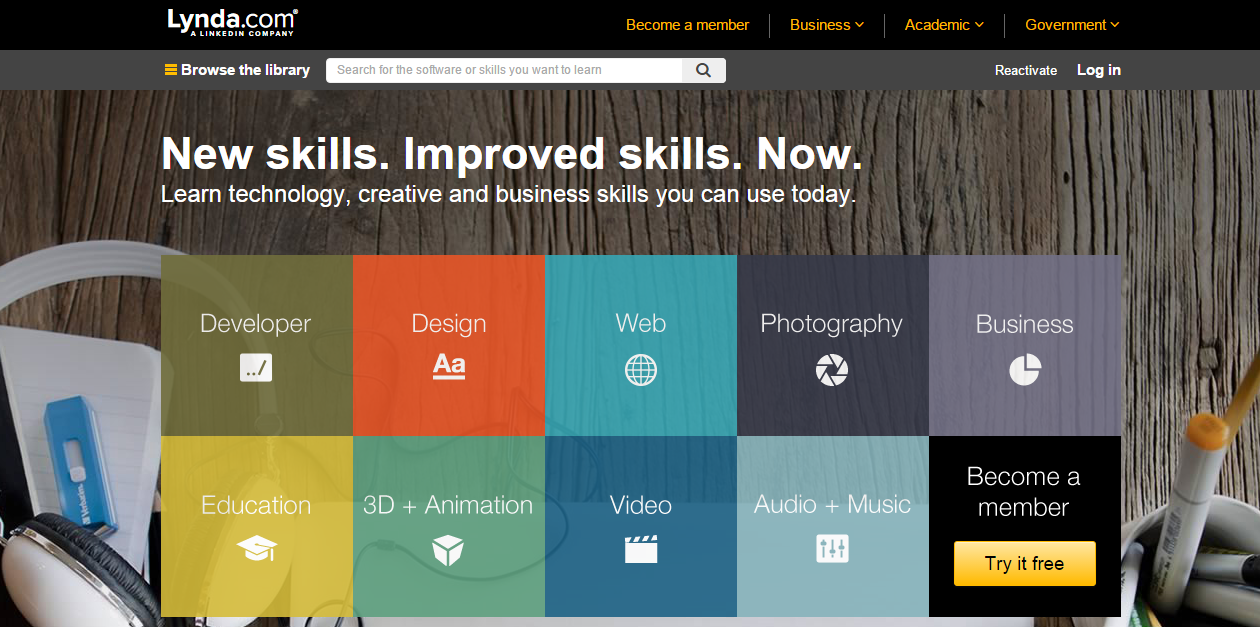

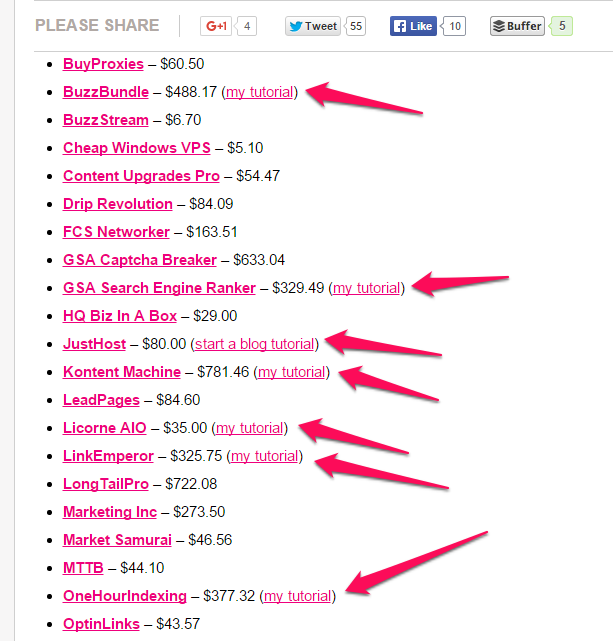
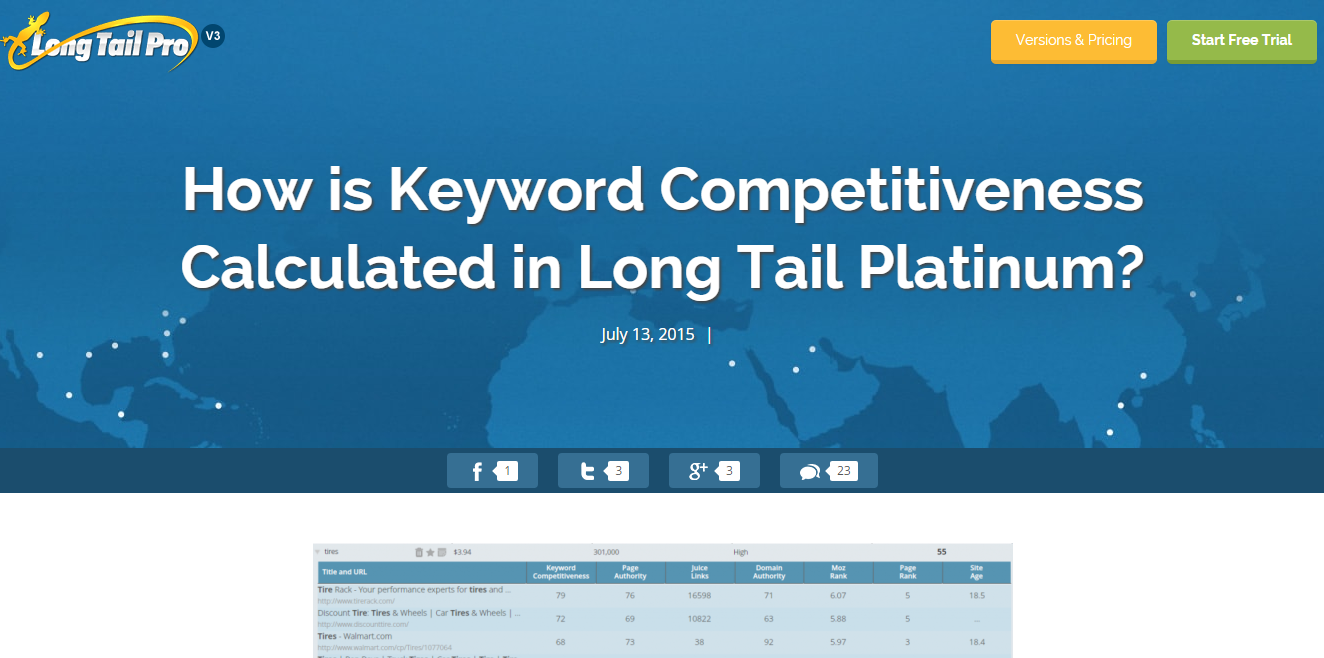
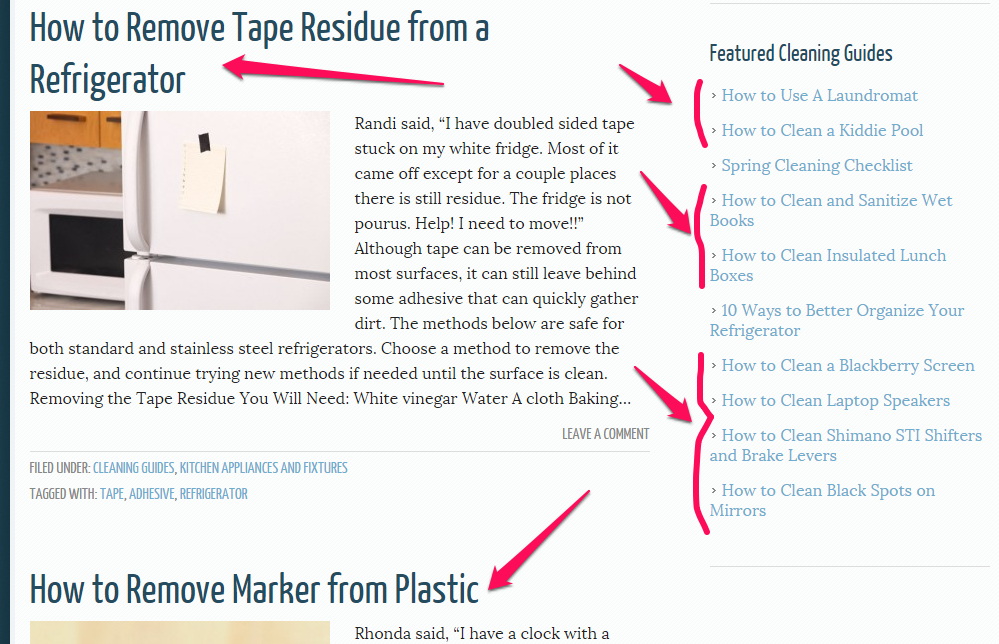

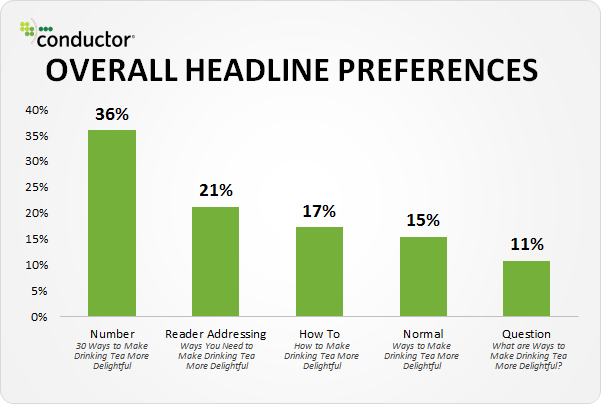
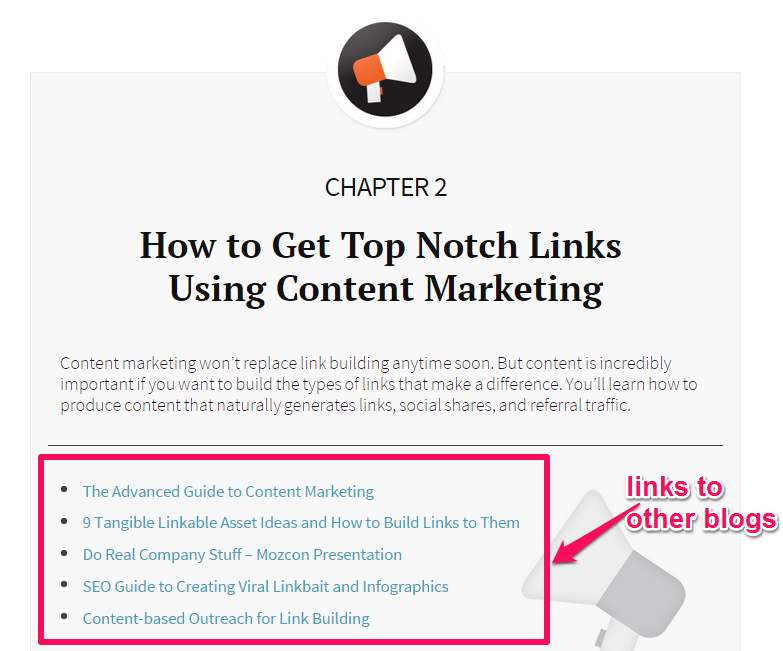
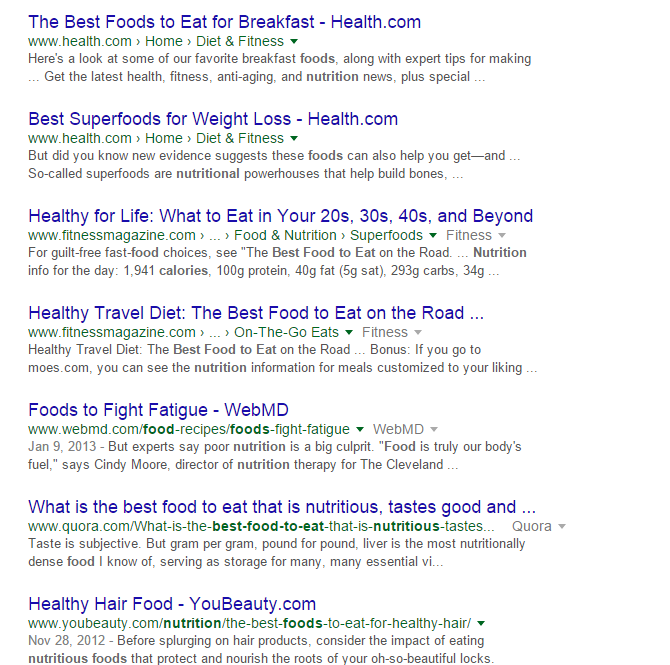
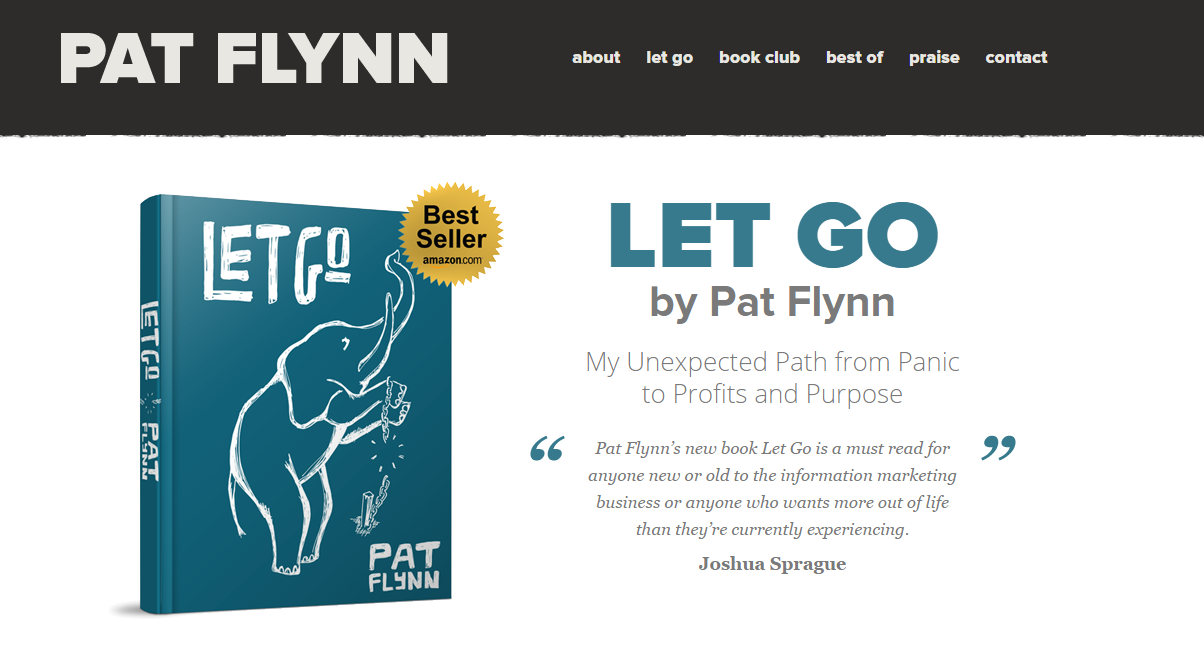
Comments (98)